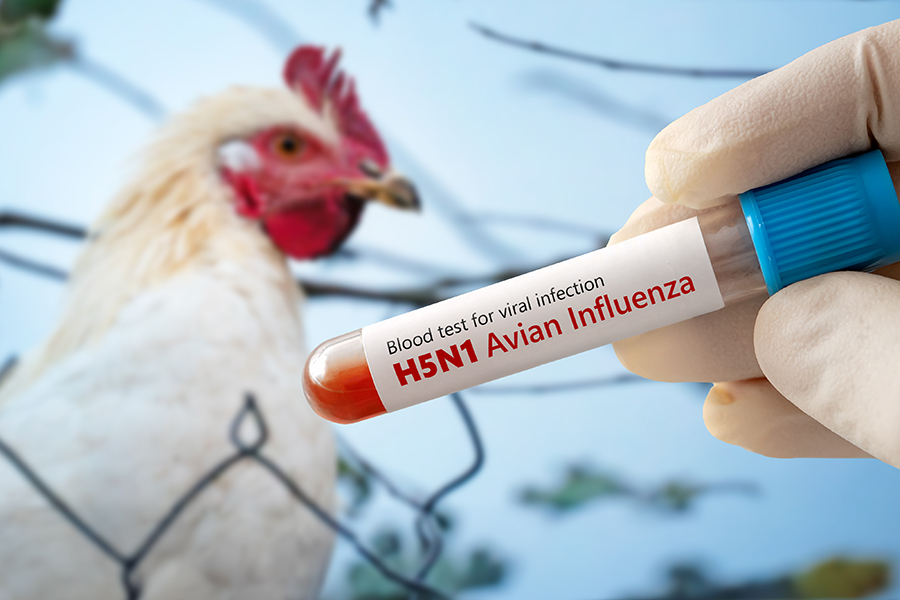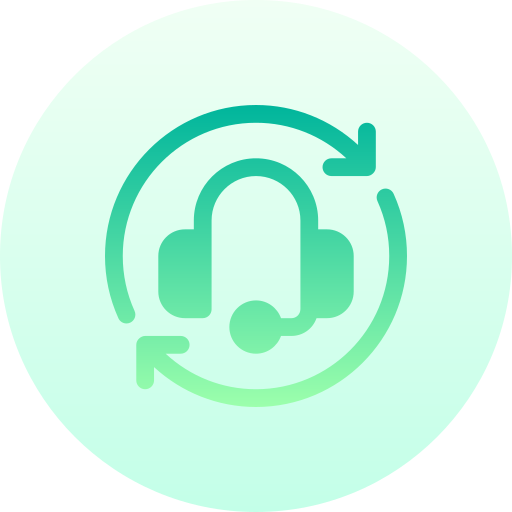Avian Influenza: Wild Bird and Public Health Consequences in the USA
19-Mar-2025
Avian influenza, or bird flu, is a serious wildlife and public health problem in the USA. The contagious viral disease brought about by the influenza A virus is most predominantly prevalent in birds but has the potential to infect human beings, thus serving as a double-edged sword for wildlife and public health too. As the USA struggles with the changing avian influenza threat, its effect on wild birds and human health must be understood to contain its effect.
Wild birds, especially waterbirds like ducks, geese, and swans, are natural reservoirs of avian influenza viruses. They will carry the virus in their bodies without displaying any disease signs and are asymptomatic carriers of the virus. But in the recent USA outbreaks, it has been observed that some strains like H5N1 are capable of producing severe disease and extreme mortality among wild bird populations. The effect on such birds is catastrophic, with huge die-offs from all regions.
The migratory nature of wild birds facilitates the spread of avian influenza. As birds migrate across continents, they transmit the virus to new regions, infecting domestic fowl and native bird species. Flyway corridors along the Mississippi Flyway and the Pacific Flyway in the USA have become hotspots for avian influenza spread. It is not just biodiversity that is threatened but also ecosystems because the loss of bird species can be contagious and spread through food webs and ecosystems.
Though avian influenza primarily exists in birds, it has strains that infect humans, and that is a public health issue. Avian influenza in man is not endemic but is present in the USA. The H5N1 and H7N9 strains have been linked to acute respiratory disease and high mortality among humans. Person-to-person transmission of the virus remains low, but the possibility of the virus mutating into a more virulent type is always at the back of health authorities' minds.
The USA possesses efficient surveillance mechanisms for the identification and response to avian influenza cases. The Centers for Disease Control and Prevention (CDC) and the US USDA jointly monitor wild birds, poultry farms, and human cases globally. Early detection is also very important in stopping the spread of the virus and reducing its impact on public health. Public awareness campaigns are also required to inform people about the risks of contact with infected or dead birds and strict food safety measures.
The effects of avian influenza extend not only to health but also to the economy and environment. USA poultry is a multi-billion-dollar industry, and avian influenza outbreaks can result in enormous economic losses. Infected flocks usually have to be slaughtered to avoid transmission, which means lost production and increased prices for poultry products. Foreign trade restrictions also impose extra burdens on the industry.
In free-flying birds, the impact of avian influenza on the environment is considerable. The death of significant numbers of birds can interfere with pollination, seed dispersal, and parasite control, eventually affecting the health of the ecosystem. Conservation is also rendered challenging by the fact that disease management needs to be balanced with the conservation of threatened species. In the US, centres such as the National Wildlife Health Center are trying to research the long-term impact of avian flu on wildlife and come up with ways of containing its effect. A Call for Vigilance and Cooperation.
Conquering the bird flu challenge involves the combined efforts of government agencies, scientists, and citizens. In America, research continues to learn more about the virus, its epidemiology, and whether or not it is transmissible from birds to human beings. Vaccines for chickens and open-air birds are also being created as a means of averting the outbreaks, but their application is beset with logistics and ethics issues.
Public health organizations take caution while case-finding and in making the producers aware of the risks posed by avian influenza. Simple precautions like avoiding handling sick or dead birds and cleansing are enough to prevent transmission to humans. For the poultry producers, biosecurity practices like vaccination, limiting access to farms, and cleaning tools are important in protecting their poultry.
Conclusion:
Avian flu is a dynamic and flexible threat to human and wild birds' health in the USA. Its impact ranges from the destruction of bird life to the possible outbreak among humans and the economic impact. With the constant struggle of the USA to keep pace with the pandemic needs of the virus, what we need now is a continued, multiagency effort that retains protections for wildlife, public health, and economic life. Allowing us to stay vigilant and act to prevent what can be a huge and likely impending problem can best help to minimize avian influenza impacts as well as maintain our society's and environment's fragile systems in equilibrium.
Recent Posts

Impact of 2024 HCPCS Updates on Healthcare Providers
16-Aug-2024
The 2024 Guide to Employee Motivation
21-Aug-2024
7 Ways to Improve Performance Management at Your Company
23-Aug-2024
Choosing the Best HR Tool for Education: 5 Things You Need to Know
28-Aug-2024
Payroll Records: A Guide to Retention and Disposal
04-Sep-2024
AI Limitations Why Certain Jobs Will Always Require a Human Touch
09-Sep-2024
How the New HIPAA Rules Impact Reproductive Health Care Providers
13-Sep-2024
Best Strategies to Manage Toxic Employees and Boost Team Morale
20-Sep-2024
Top 7 Common Coding Errors That Trigger Audits and How to Prevent Them
26-Sep-2024
How OSHA is Involved in Mandating Protections for Employees
14-Oct-2024
FDA Software Classification Guidance
22-Oct-2024
Stay Ahead of FDA Inspections: Best Practices for Managing Form 483 Citations and Warning Letters
24-Oct-2024
Best Practices to Reduce Validation Effort and Costs
06-Nov-2024
Best Practices for Medical Device Software Validation and Risk Management
14-Nov-2024
Training Strategies to Comply with EEOC New Harassment Standards
14-Nov-2024
Guideline On Computerized Systems and Electronic Data in Clinical Trials
17-Dec-2024
What is Human Factor Engineering in Medical Terms?
17-Dec-2024
What is the Objective of Supervisor Training?
24-Dec-2024



